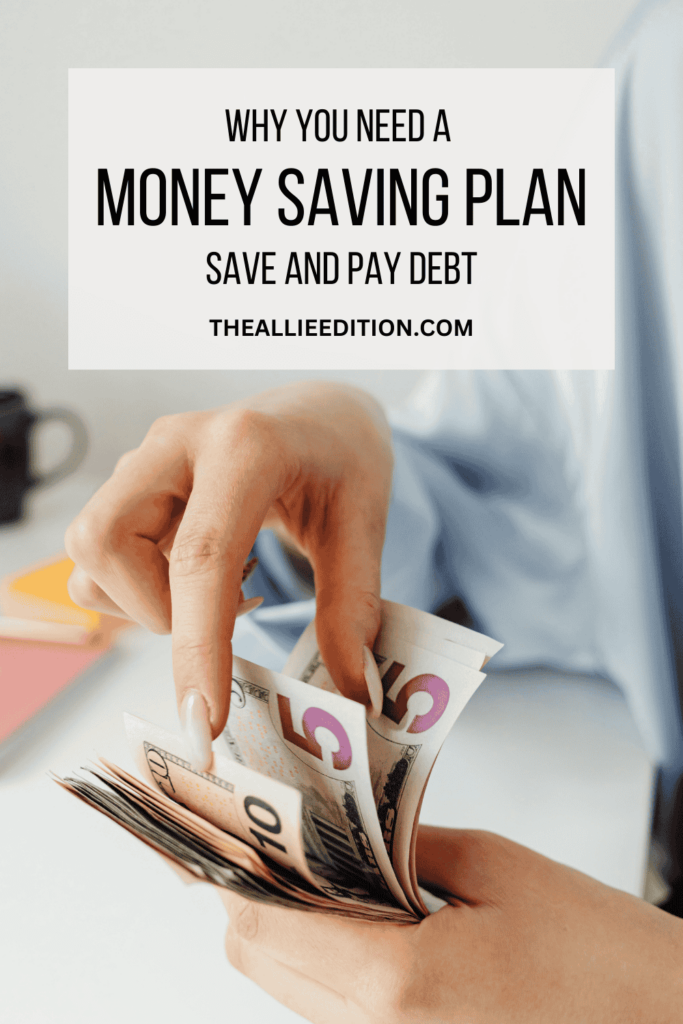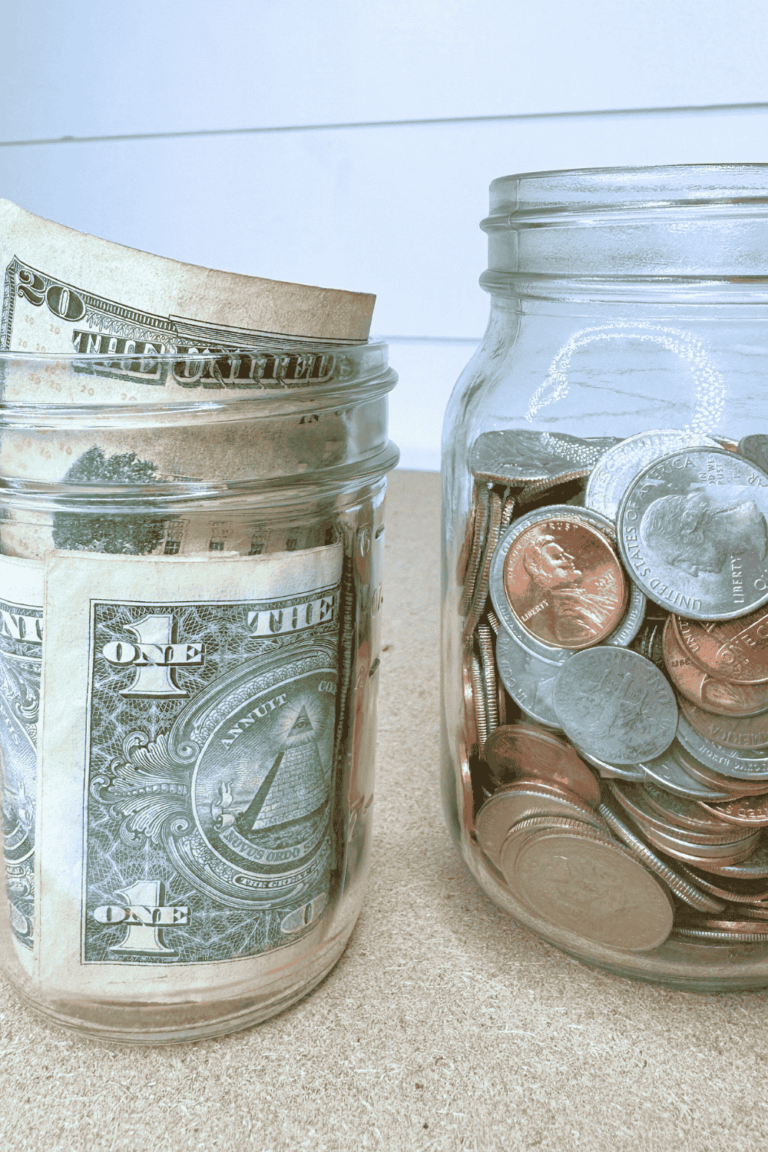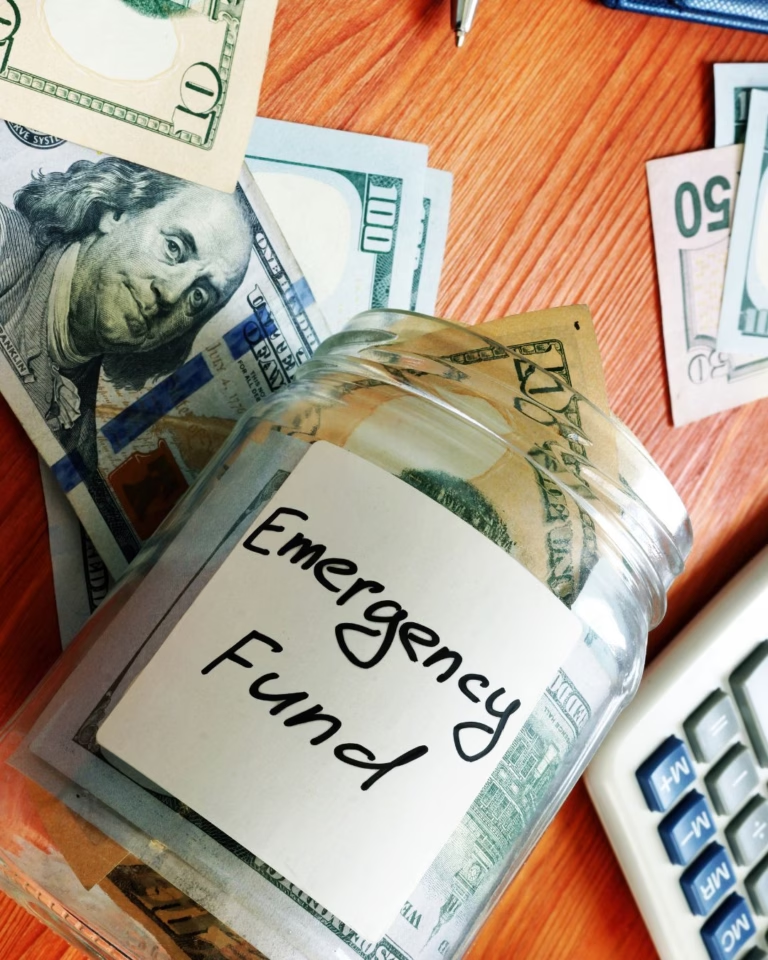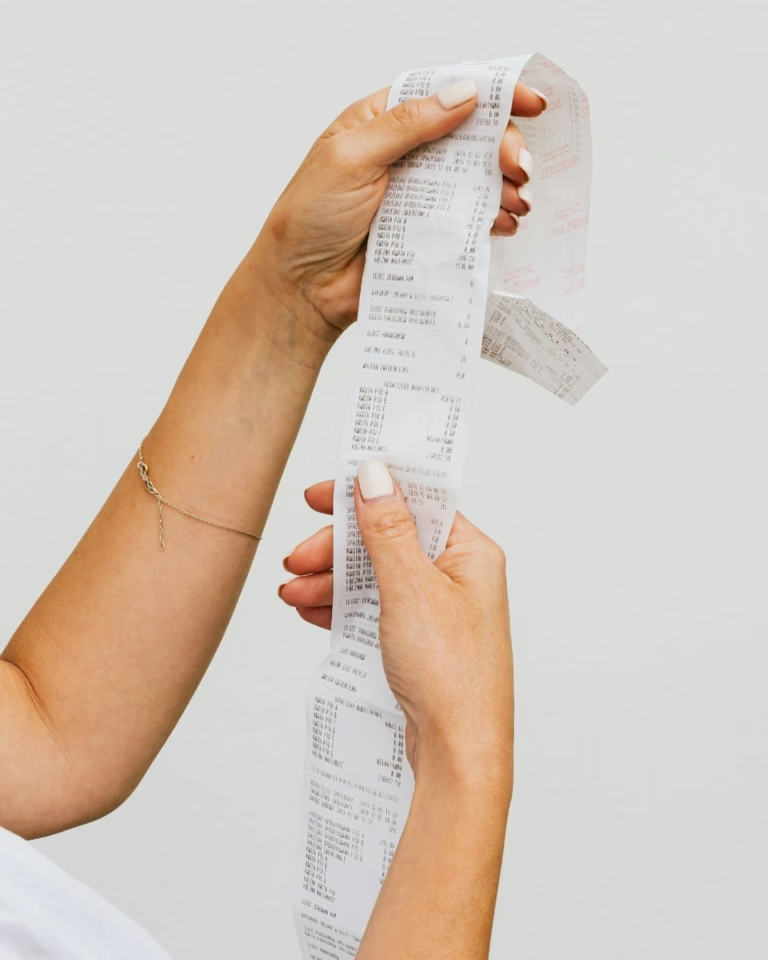Why a Money Saving Plan is Essential for Your Financial Future
This post is an introduction to the concept of a money saving plan, why you need one, and the importance of tackling your debt in the process.

Growing up, my mom always emphasized staying out of debt because she knew firsthand the struggles it can bring. As hard as I tried, I eventually found myself in a situation where taking on debt seemed unavoidable. My car kept repeatedly breaking down and, living far away from home, I needed a more reliable form of transportation if I wanted to get to work every day and be able to pay my rent. This led me to taking out a $12,000 loan on a car (my very first big girl purchase). It wasn’t ideal, but it was necessary.
From there, I was determined to pay off my loan as quickly as possible so I could get out of debt. What followed was a journey to pay off that loan in as little as six months. What motivated me to pay it off so quickly is that once you’re debt-free, the money in your account is finally yours to save, invest, or use as you see fit. This meant I could travel abroad or go on shopping sprees at my own leisure without the burden of debt hanging over me.
You might be wondering, “But how did you possibly pay off $12,000 of debt in only 6 months?” I’ll gladly tell you the secret. It’s all thanks to having a solid money saving plan in place.
If you’re part of the 80-something percent of individuals in the U.S. struggling with debt, don’t worry. I’ve got you covered! I’ve created a blog series to help you, too, go from debt to savings, and today we’re starting at the very beginning.
After reading this post, you will understand the importance of a money saving plan and why it’s a good idea to tackle your debt in the process.
The Importance of a Money Saving Plan
First off, big kudos to you for taking the time today to invest in yourself and your financial future! You’re already on the path to success, and that’s something to celebrate. Making the leap from debt to savings can definitely feel like a big challenge, but trust me—if you’ve got the right strategies in place (like a solid saving plan), you’ve got this. Financial growth and freedom are totally within reach, and I’m excited to help you get there!
You’re getting ready to dive into the start of an incredible blog series that’ll walk you through everything you need to know about creating a money saving plan. We’ll talk through fun money saving challenge ideas to kickstart your journey, break down a step-by-step guide to building your saving plan, and I’ll even share how I used this same strategy to pay off $12,000 in debt in just 6 months.
To kick us off, I want to remind you why having a solid money saving plan is such a game-changer. We’re going to uncover the weight that debt can carry, why tackling it should be your number one priority, and how to find the right balance between saving and paying it down. Ready to invest in your financial future? Let’s get rolling!
Don’t forget to pin this!
Make sure to pin this image here and save it to your Pinterest board. That way you can easily come back to this page to learn why you need a money saving plan and how it can transform your financial future.
The Emotional Burden of Debt
Having debt can take a serious emotional and financial toll. Without a solid money saving plan to pay it off, things can very easily spiral out of control. Or as we commonly hear in the debt world, they can “snowball.” Maybe you start with a credit card for a vacation or a new appliance, thinking you’ll pay it off in a few months. But all of a sudden, “life happens.” You get a flat tire, you (or your child) needs to go to urgent care, or–if you have my luck– your dishwasher just stopped working for the third time.
It’s easy to underestimate how quickly debt can snowball when unexpected life events keep piling up. But believe me, these surprises add up, and suddenly you’ll be left with more debt than you intended wondering, How in the world will I pay this off? The best thing you can do to reduce the emotional burden of debt is to tackle it as soon as possible.
Tackling Your Debt Early On To Achieve Financial Freedom
If you didn’t know already, the longer you carry debt, the more compounding interest you get–making it even harder to get ahead. What feels like a small amount of debt today can grow exponentially over time, especially if interest starts stacking up. This is one of the main reasons so many people in the U.S. find themselves stuck in a debt rut for several years to come. With that, you can probably start to imagine now how crucial it is to address debt early on and consider paying off debt a priority.
Now, I want to highlight that debt isn’t inherently bad—when used wisely, it can actually help you grow (like investing in real estate or an education). However, the goal should always be to manage it carefully and pay it off as quickly as possible to prevent the interest from working against you.
Find Smart Tools to Budget Better, Save More, and Work From Anywhere
Ready to make life (and money management) a little easier? Check out my favorite tools, books, and essentials for budgeting smarter, building real savings, organizing your home office, and thriving in remote work—so you can create the flexible lifestyle you’re working toward.
Balancing Savings with Debt Payments
Now, we know that getting rid of debt is a big step toward financial freedom, but that doesn’t mean you have to put saving on the back burner. You can and should do both. While you’re paying off debt, make sure you’re also putting money aside for unexpected expenses, like that flat tire we talked about or your urgent care bill. This will act as your emergency fund, or financial safety net, and ensure you don’t end up in more debt.
When you’re building your money plan, the key is finding that balance between paying and saving. You want to pay off your debt in a reasonable amount of time, but you also want to build toward your future. Take a steady approach so you can progress on both fronts without feeling like you’re sacrificing one or the other.
Conclusion
No matter how you look at debt, one thing remains true: tackling debt is crucial for financial freedom and it should be one of the first priorities when building a money saving plan. A solid plan that balances paying off debt and saving money is what will empower you to take control of your financial future. It’s what allowed me to pay off $12,000 in debt within six months and remain debt-free to this day.
Next up in the blog series
Join the conversation!
Drop a comment below and let us know your experience tackling debt and how a money saving plan helped you!




